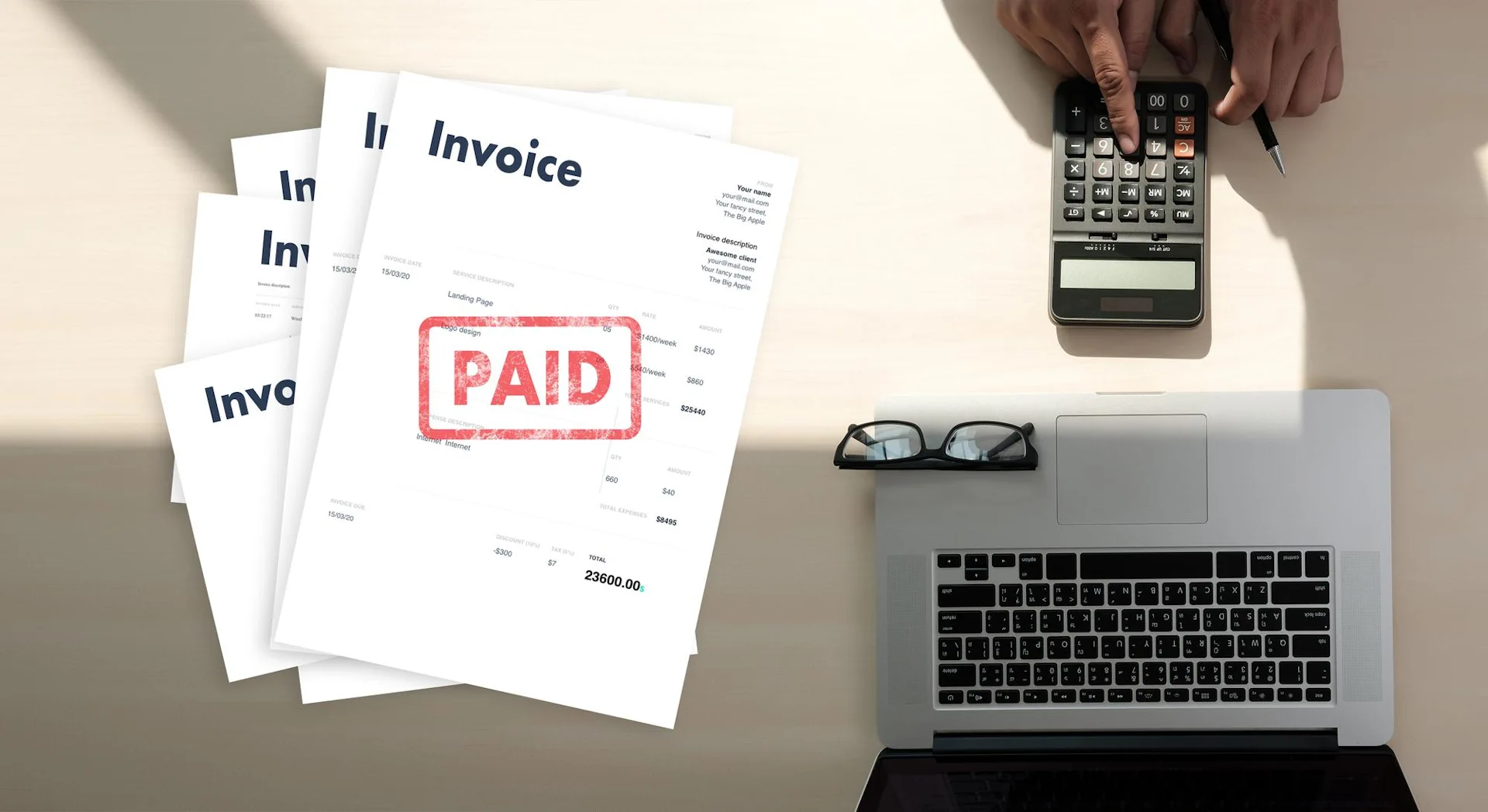Spot factoring, also known as single invoice factoring, is a financial tool that allows businesses to sell one or a few invoices without committing to a long-term agreement. It provides quick access to cash—usually within 24 to 48 hours—based on the value of the invoices. Spot factoring is particularly beneficial for businesses that need immediate funds for growth, operational costs, or taking on new projects.
What is Spot Factoring?
Factoring is the sale of pending invoices to a factor, a financing company that specializes in such transactions. It is a fast and flexible way to obtain working capital to fuel business growth, take advantage of supplier discounts, or make investments in larger projects. Unlike traditional bank financing, factoring requires minimal paperwork and can deliver funds in as little as 24 to 48 hours.
Spot factoring stands out because it allows businesses to monetize one or several invoices without committing to a long-term contract. This makes it ideal for businesses trying factoring for the first time or those in need of quick cash for a one-time requirement. It offers more flexibility than high-volume factoring, which often requires factoring all invoices under a long-term agreement.
How Does Spot Factoring Work?
Spot factoring is straightforward and follows four simple steps:
- Submit Invoice: The business provides the factor with a copy of the invoice sent to the client (account debtor).
- Verification: The factor verifies the invoice and performs a credit check on the account debtor.
- Advance Payment: The factor advances a portion of the invoice amount (typically 70%-96%).
- Payment Collection: Once the invoice is paid by the client, the remaining balance is released, minus the discount rate and any fees.
Factoring can be structured as either recourse or non-recourse. In recourse factoring, the business must replace unpaid invoices or repay the factor if the client doesn’t pay within the agreed period. In non-recourse factoring, the factor assumes the credit risk, making it a safer option for businesses.
Differences Between Spot and High-Volume Factoring
Spot factoring and high-volume factoring (also known as whole ledger factoring) differ in several key ways:
- Commitment Level: Spot factoring requires no long-term contract or monthly minimums, offering businesses the flexibility to factor invoices as needed. High-volume factoring typically requires factoring all invoices and committing to a longer-term agreement.
- Fee Structure: Spot factoring often has a higher discount rate due to the lack of economies of scale, whereas high-volume factoring can have lower fees per invoice. Additionally, some high-volume factoring agreements may include penalties for early termination.
- Paperwork: Spot factoring requires minimal documentation, such as the invoice and basic business details. High-volume factoring may require additional paperwork, including financial statements and accounts receivable reports.
Case Study: Spot Factoring in Action
A staffing company issued a $10,000 invoice to a client with a 60-day payment term but needed immediate funds to take on a new project. The company opted for spot factoring, selling the invoice to a factor with a 2.19% discount rate. Within 48 hours, they received $9,562 (90% advance minus fees).
Below is a comparison:
| Action | Factor Receivable | Do Nothing |
|---|---|---|
| Potential Gross Profit | $10,000 | $0 |
| Less Cost of Factoring | $438 | $0 |
| Net Earnings | $9,562 | $0 |
Factoring allowed the company to secure immediate working capital and proceed with their project, earning revenue that would have otherwise been lost.
Example of Spot Factoring Fees
- Invoice Amount: $10,000
- Advance Rate: 90% ($9,000 upfront)
- Reserve: 10% ($1,000 held until payment)
- Fees: Monthly fee of 2.19% ($219 per month)
- Arrangement: Recourse after 90 days
If the invoice is paid in three months, the company pays $657 in fees. If the client fails to pay, the invoice is sent back to the company for repayment or replacement.
Conclusion
Spot factoring is an ideal solution for businesses needing immediate cash without committing to long-term contracts. Its flexibility allows companies to factor invoices as needed, with minimal paperwork and no monthly minimums. While it may have higher fees than high-volume factoring, spot factoring provides businesses with a quick and efficient way to manage cash flow.
At Business Factors & Finance, we specialize in spot, non-recourse factoring tailored to your business’s needs. Contact us today to learn more or get started with a customized quote!
